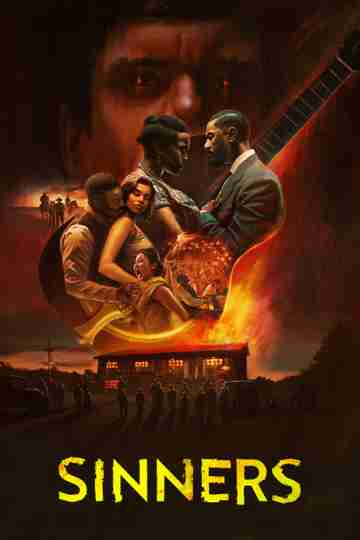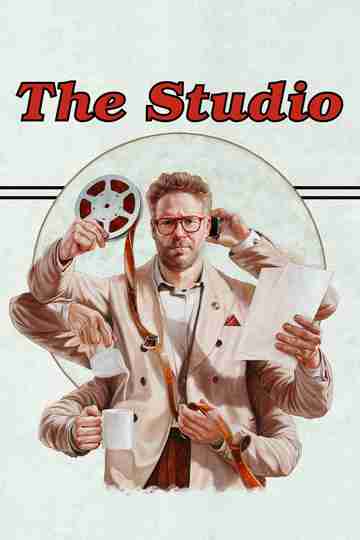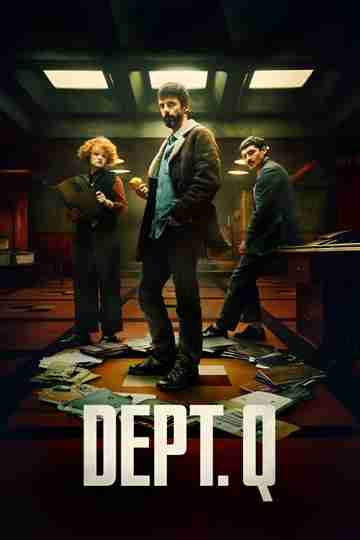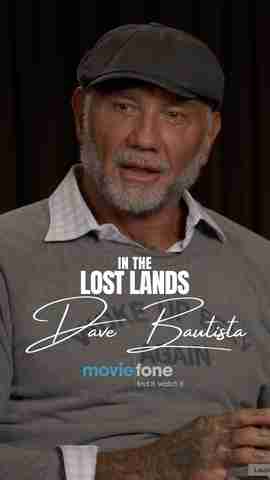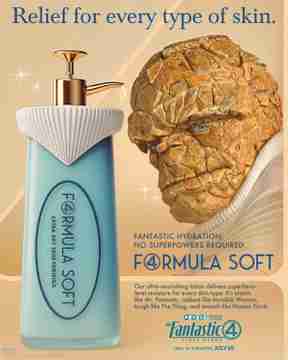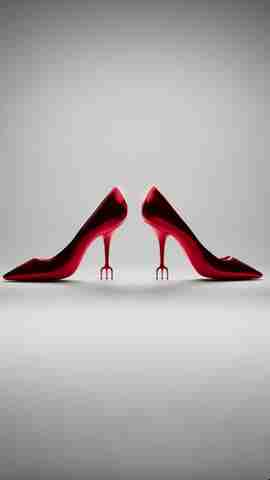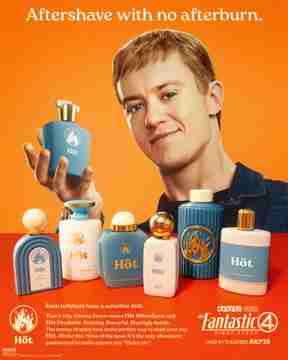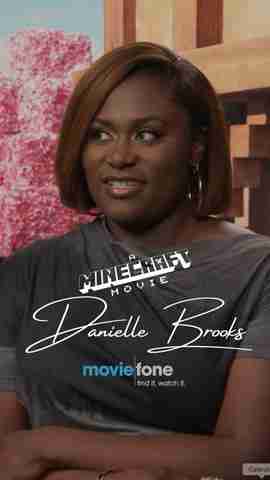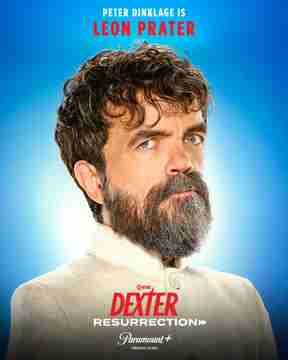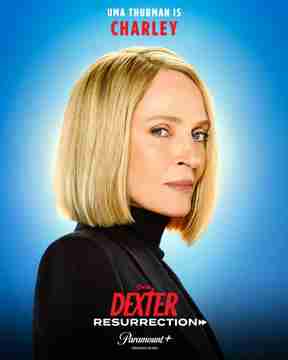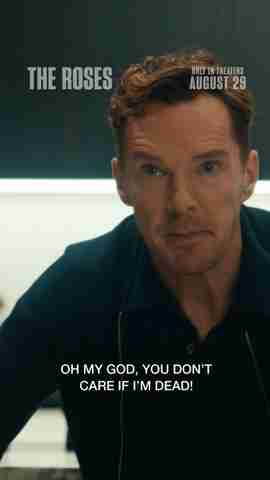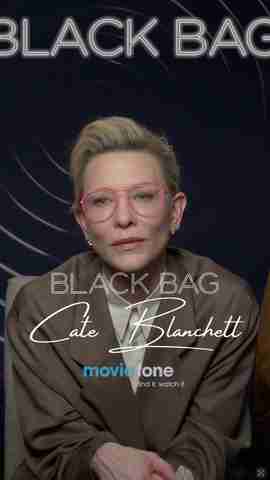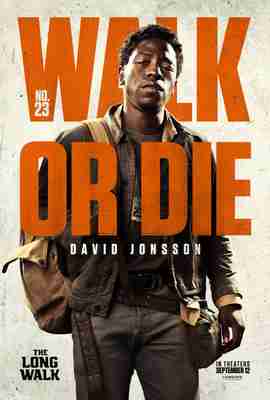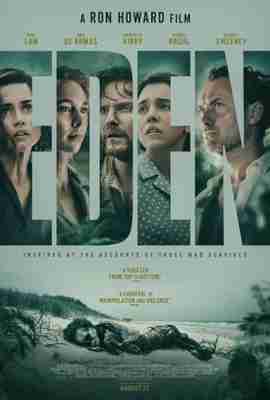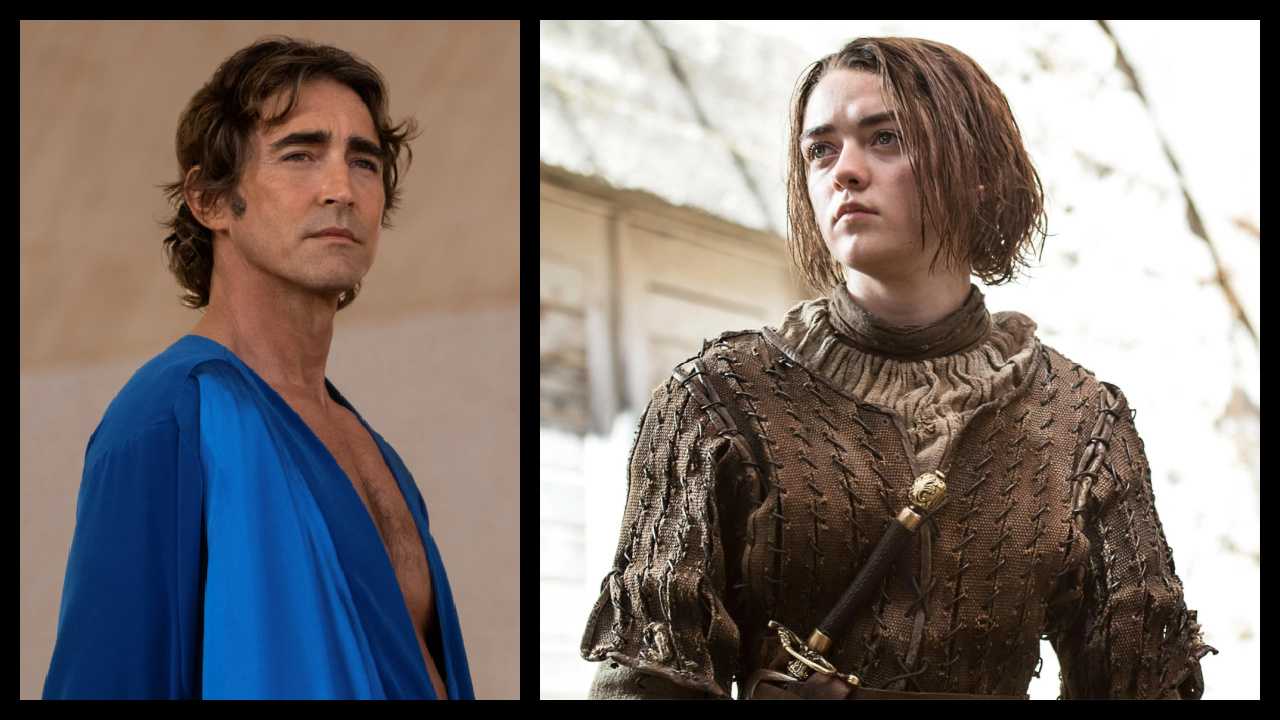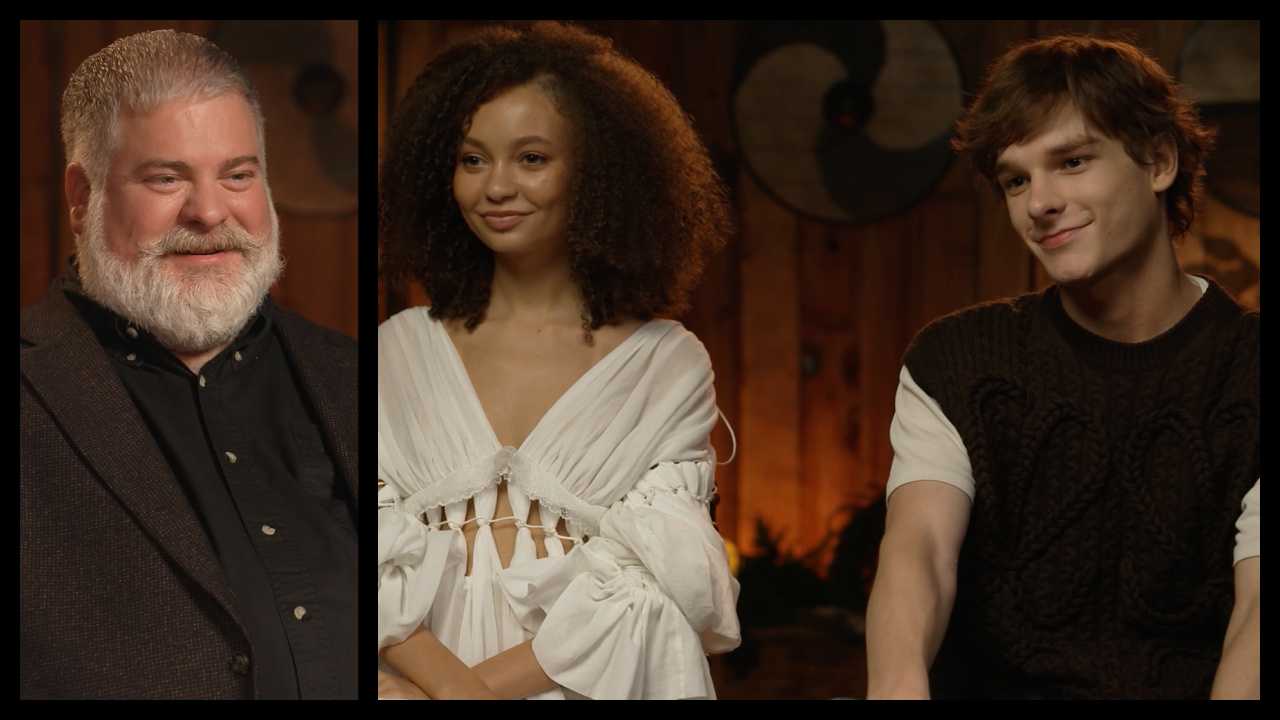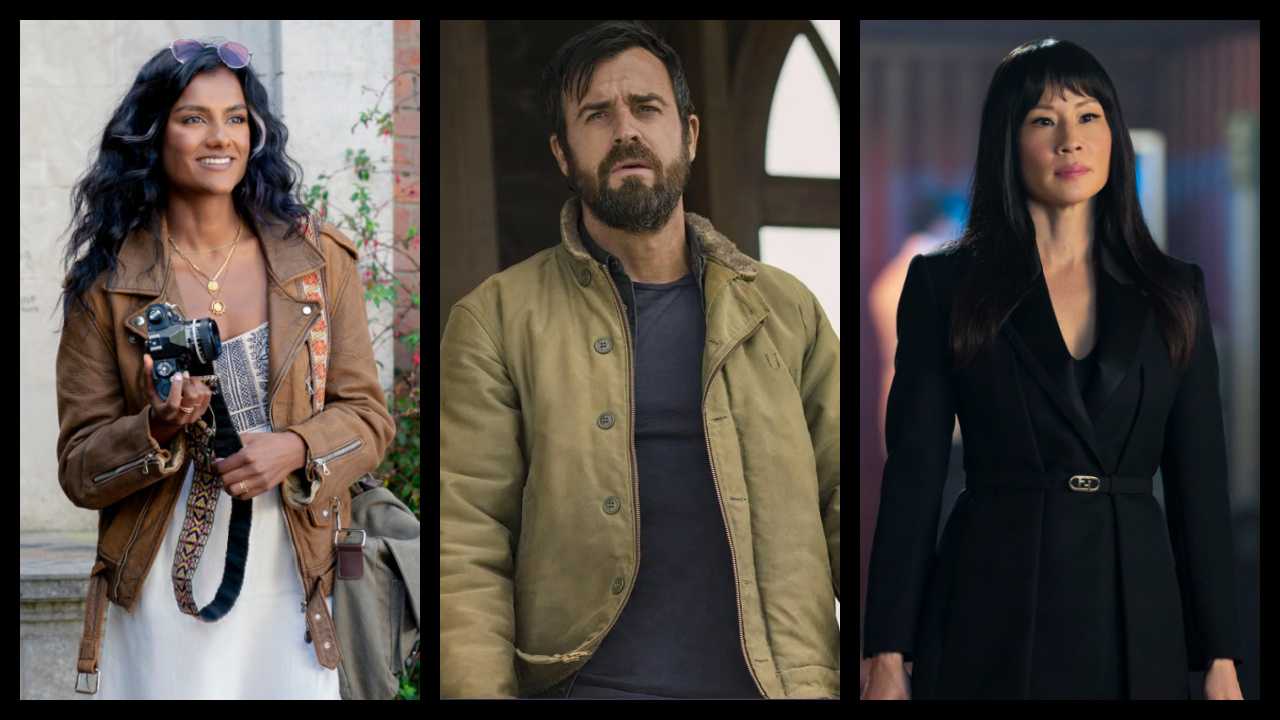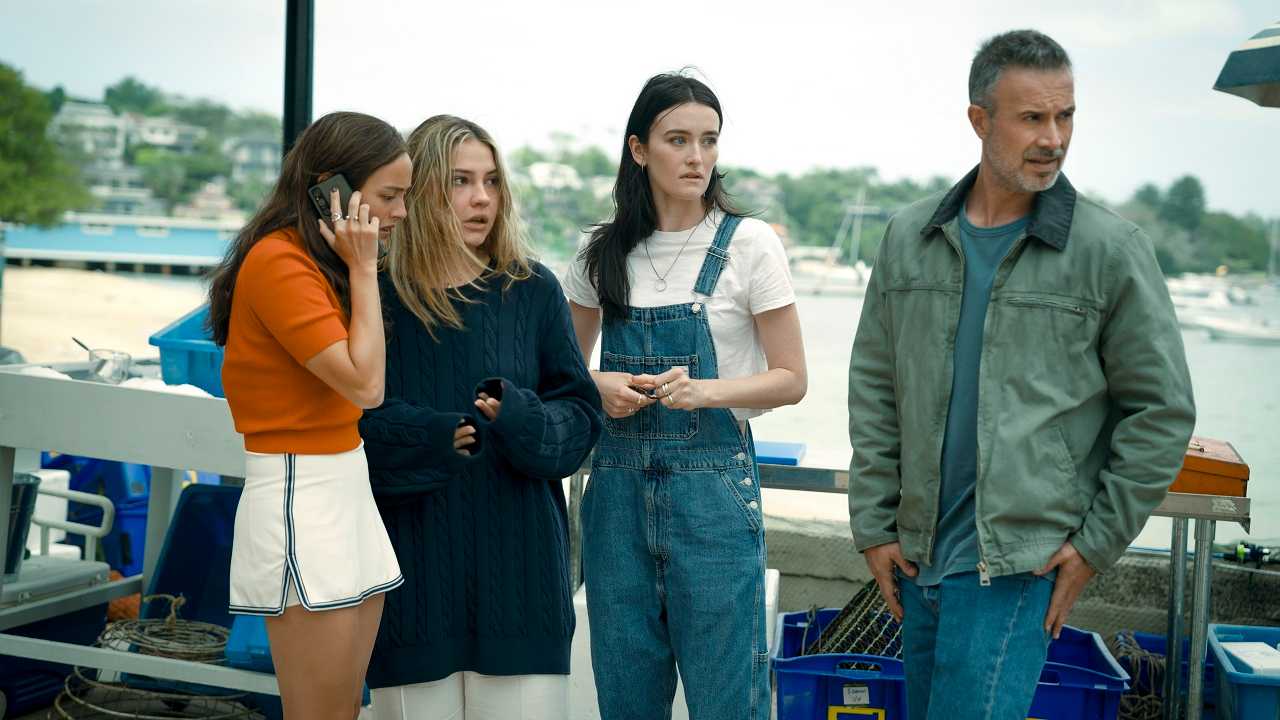'Inside Out' Director Pete Docter Talks Disney Easter Eggs, Theme Park Plans
Pete Docter has done it again.
The writer/director, who crafted genuine classics "Monsters, Inc." and "Up," is back with "Inside Out," a brand new Pixar masterpiece.
The film is just as imaginative as his earlier features, but instead of a world populated by monsters or floating houses, Docter takes us inside the mind of an 11-year-old-girl, where personified emotions scramble to maintain equilibrium. It's ingenious and gently surreal, and Docter has pulled it off with aplomb. Recently, we sat down with Docter at Pixar and talked about Bing Bong, the amazing imaginary friend character (voiced by Richard Kind), the challenges the filmmaker faced developing the story, and his dreams for the movie to appear in the Disney parks.
Moviefone:It seems like making this movie was really difficult. Was there ever a point where you said, "You know, maybe 'Monsters, Inc.' does need another sequel?'"
Pete Docter: [laughs] It was really hard! But it was always fun. If anything, there would be moments of fear because I thought: "We have so much potential with this movie, and if we stumble and we don't take advantage of it, and if we go through the whole film and don't explore why songs get stuck in your head -- or déjà vu, or where dreams come from... Those are all really cool things to think about and if we mess it up, then bad on us. So there was a lot of pressure to make it as fun and interesting as we could.
What was the breakthrough?
There was a time where we working towards our fourth screening. And that's a time when you're hoping to get some approvals – you want parts of the film to move on into production and become final footage. But going into that, I knew that parts of it were working and there were fun little bits but as a statement, I didn't know what we were saying. What is Joy's journey? What does she learn on this? And I walked away that weekend thinking: "What if I quit? What if I get fired?" You really go into that pit. I said, "What am I going to miss if I leave?" And I thought, "I'm going to miss my friends."
I had this realization that the friends that I have the closest attachment to are the ones that I've had good times with, but I've also been pissed off at and gone through sad times with and been scared for. I realized, those are the emotions ... responsible for the most important things in our lives. So that allowed us to reformat the film and work towards the ending -- but that was a real turning point.
What's interesting about the opening of the movie, and most of the first half is, it's very narration-heavy, and there's a lot of jargon and terminology -- versus the beginning of "Up," which had no dialogue at all.
Yeah, I struggled with that. There are a number of things that I now realize I was pretty wrong about, and I was dead set on there being no narration. We were going to do the hard work of showing everybody and not telling. And it ended up that, since this whole world is made up, the characters are not things that you see walking around; they're kind of abstract concepts that are visualized. But in the end, after working at it for maybe two years, we distilled it into maybe the core things that we needed to say. And more than one person has told me it's their favorite part of the film, just the fun of getting to meet these guys and seeing the concepts that we're dealing with.
Another thing that makes that opening so powerful is Michael Giacchino's score. Can you talk about the sound of the mind?
Having worked with Michael on "Up," we didn't really consider anybody else because he's such a great collaborator and brought so much to the film. But we did talk about how different this one is than "Up." "Up" was nostalgic – ["Inside Out"] needed to be more psychological and the things that felt right were like playing with time, you're playing little bits of instruments backwards or samples.
The way Michael likes to work is -- he watched the film and he went off and said, "This might be wrong, but this is how I feel about the movie," and he then played an 8-minute suite that brought us all to tears. It was absolutely beautiful and so perfectly connected to the feeling of the film.
The character of Bing Bong, he's going to be everybody's favorite.
His origins came from being part of this group of disused imaginary friends that Riley came up with when she was there. There was Mrs. Scribbles and kids will always draw the quarter sun that will float down, and that's all he was, this quarter sun. And Bing Bong was an imaginary friend, an amalgam of animals that Riley came up with, made of cotton candy. But as we redesigned the story, we came up with the idea that the rest of the guys aren't really relevant, but Bing Bong could be a mirror to Joy.
Joy's thing is, she's trying to hold on to childhood and preserve the happiness of life and we took that to an extreme. This is a guy who was big in Riley's life, but he's been out of a job since she was three, so he's wanting Riley to go back to the good ol' days, which if you get into it is kind of insane and delusional. So that can help Joy on her journey on what she has to learn.
There are a bunch of great Easter Eggs, but my favorite was a nod to the Haunted Mansion. How did that happen?
Well, when [producer] Jonas Rivera and I really started working together, we bonded over our love of Disneyland. So as soon as we had this idea of doing a nightmare, we had an idea of using the music from Haunted Mansion.
You know what got replaced, but was in for a while? This came from research – we learned that when you go to sleep, all the short-term memories are redistributed to long-term, which has a lot more space. That's why if you stay awake for 3 days you can't remember stuff, because so much space is taken up already. So during non-REM sleep, all of those are shuffled down. That made us design that kinetic sculpture of the memories, and for a long time we used the noise of "It's a Small World."
Speaking of Disneyland, there are certainly a number of elements that could be retrofitted for the parks. What would you want to see?
There are a number of different things. I would love to visualize Imaginationland, although that might be too obvious. I think, from the beginning, when we came up with this, Jonas said, "Oh, this should be in EPCOT Center." The characters could have a great ability to talk about things in a pseudo-science -- but also entertaining -- way, talking about how your mind works and things like that. It would be fun.
"Inside Out" is in theaters now.

